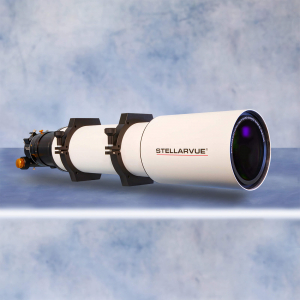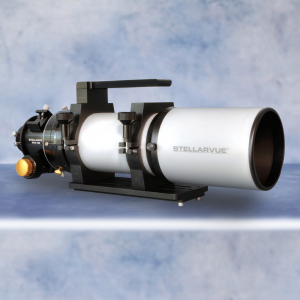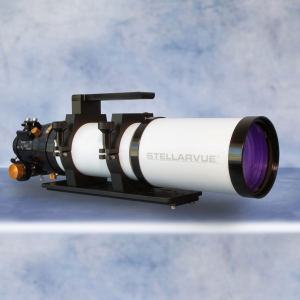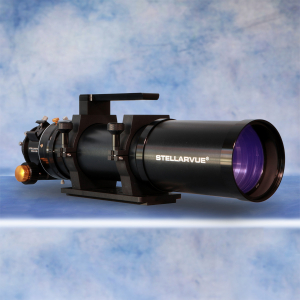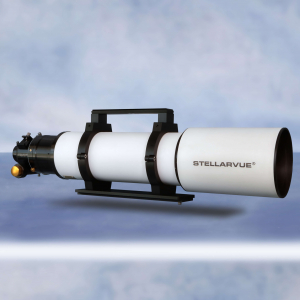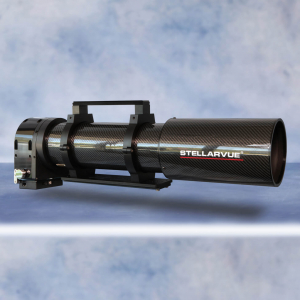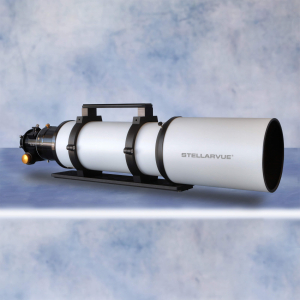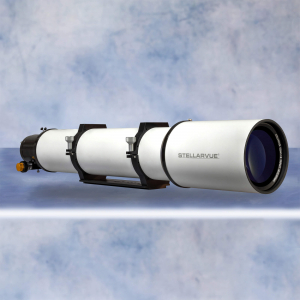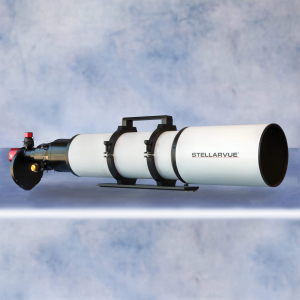SVX90T - Heart


Greg Erianne captured this fantastic shot of the Heart Nebula in the Perseus arm of Cassiopeia with his SVX90T. Resting 7,500 light-years away from Earth, this emission nebula displays glowing ionized hydrogen gas and darker dust lanes. Its blue and orange colors seen in narrowband images are the result of ionized oxygen and sulfur gasses, while its shape is driven by stellar winds from the hot stars at its core.
According to Greg:
The Image: The intriguingly complex and twisting area of nebulosity shown at the center of this image lies within the “heart” of the Heart Nebula (IC 1805, Sh2-190) in the constellation Cassiopeia and about 7,500 light-years (ly) away from Earth.
This bright area of interstellar gas knots is mainly composed of hydrogen and sulfur gas sculpted by the stellar winds from a small open cluster of about 60 visually discernible stars of widely differing sizes called Melotte 15 (also Collinder 26). In this image, the stars of Mel 15 populate the area above the main pillar of gas and contain a notable 7.8-magnitude binary star system, HD15558, visible in this image at the upper right of the central nebulosity.
On the left (top and bottom) and far right (top) of the image are “bright-rimmed clouds” (BRC) that form the edges of IC1805’s interior and give the Heart Nebula its characteristic appearance in wider-field images.
Other Designations: NGC 896, IC1805, Sh 2-190.
Details:
Capture Dates: 8/26, 8/29 (AM), 8/29 (PM)
Telescope: Stellarvue SVX90T Apochromatic Refractor @native 540mm fL
Imaging: SV106 with ASI120mm mini ASIAir Plus, ASI585MC, ZWO 5-position filter wheel
Mount: ZWO AM5
Filters:
- Antlia Dual Narrowband 5nm Ha/OIII: 115x300s [9:35]
- Antlia Dual Narrowband 5nm SII/Hb: 70x300s [5:50]
- ZWO UV/IR cut Luminance filter (for RGB stars) 20x60s [0:20]
Total integration time: 15:45
Software: Processed with PixInsight and Adobe Photoshop.
References:
Wikipedia contributors. (2024, August 31). Heart Nebula. Wikipedia. https://en.wikipedia.org/wiki/Heart_Nebula
APOD: 2019 September 11 - IC 1805: The Heart Nebula. (n.d.). https://apod.nasa.gov/apod/ap190911.html

